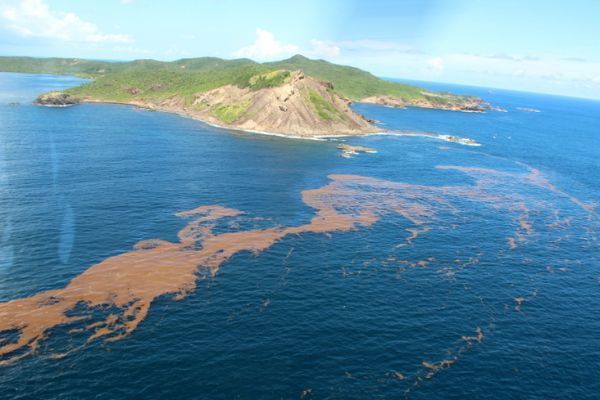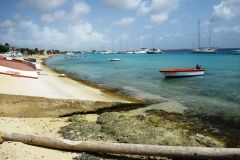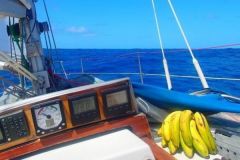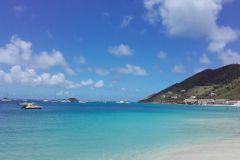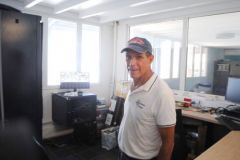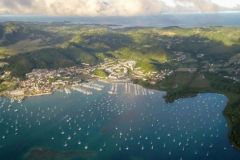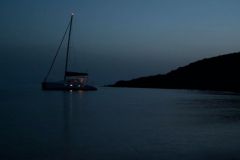For more than a decade, the Caribbean coastline has been faced with a phenomenon as spectacular as it is worrying: the massive arrival of sargassum. In 2025, the authorities are stepping up their arsenal.
A strategy refocused on the sea
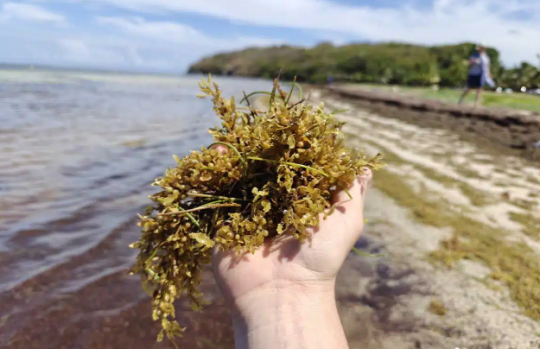
The third National Sargassum Plan, announced at the May 26, 2025 inter-ministerial sea committee meeting in Saint-Nazaire, places the emphasis on collection at sea. This method is considered to be more effective in limiting the health consequences associated with the gases emitted when seaweed decomposes on land.
Frédérick Voyer, director of the GIP Sargasses Martinique, stresses the importance of intervening before stranding: "1106"1518"1406"
Specific maritime logistics
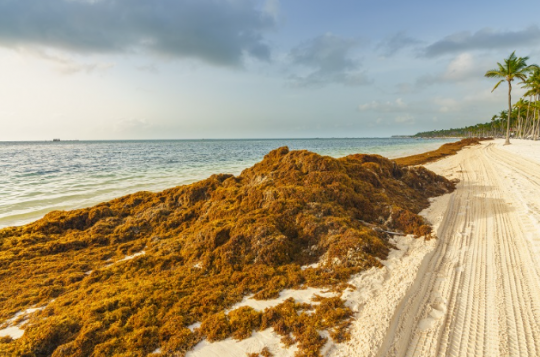
Since 2023, a maritime recovery system has been in place. It mobilizes :
-
Three specialized vessels called sargators equipped with cranes,
-
A dozen local fishermen provide support,
-
Filter booms to trap algae,
-
A logistics chain consisting of transfer and storage barges.
Once the sargassum has been collected, it is packed into 250 kg bags. After drying for 48 hours, they are submerged at a depth of over a thousand meters, 25 kilometers offshore. "1786"2223"1848"2330"1820"2348"1831"2389"1849"2391"1898"2704"1851"2706"1898"2763"1899"2765"1947"3146"1901"2950"1947"3122"1948"We're hoping for additional financial resources to extend the perimeter, improve the equipment and perhaps even consider recycling the seaweed on land, confides Frédérick Voyer.
While 2025 is already shaping up to be a record year in terms of strandings, current capacities may not be sufficient to stem the phenomenon on the scale of Martinique or Guadeloupe.
With projections pointing to an increase in strandings over the coming years, sea collection appears to be a pragmatic and preventive solution. What remains to be done is to set up a sustainable onshore processing or recovery chain to transform this ecological constraint into a potential resource. The success of Plan Sargasse 3 will depend on our collective ability to take this strategic step.

 /
/ 